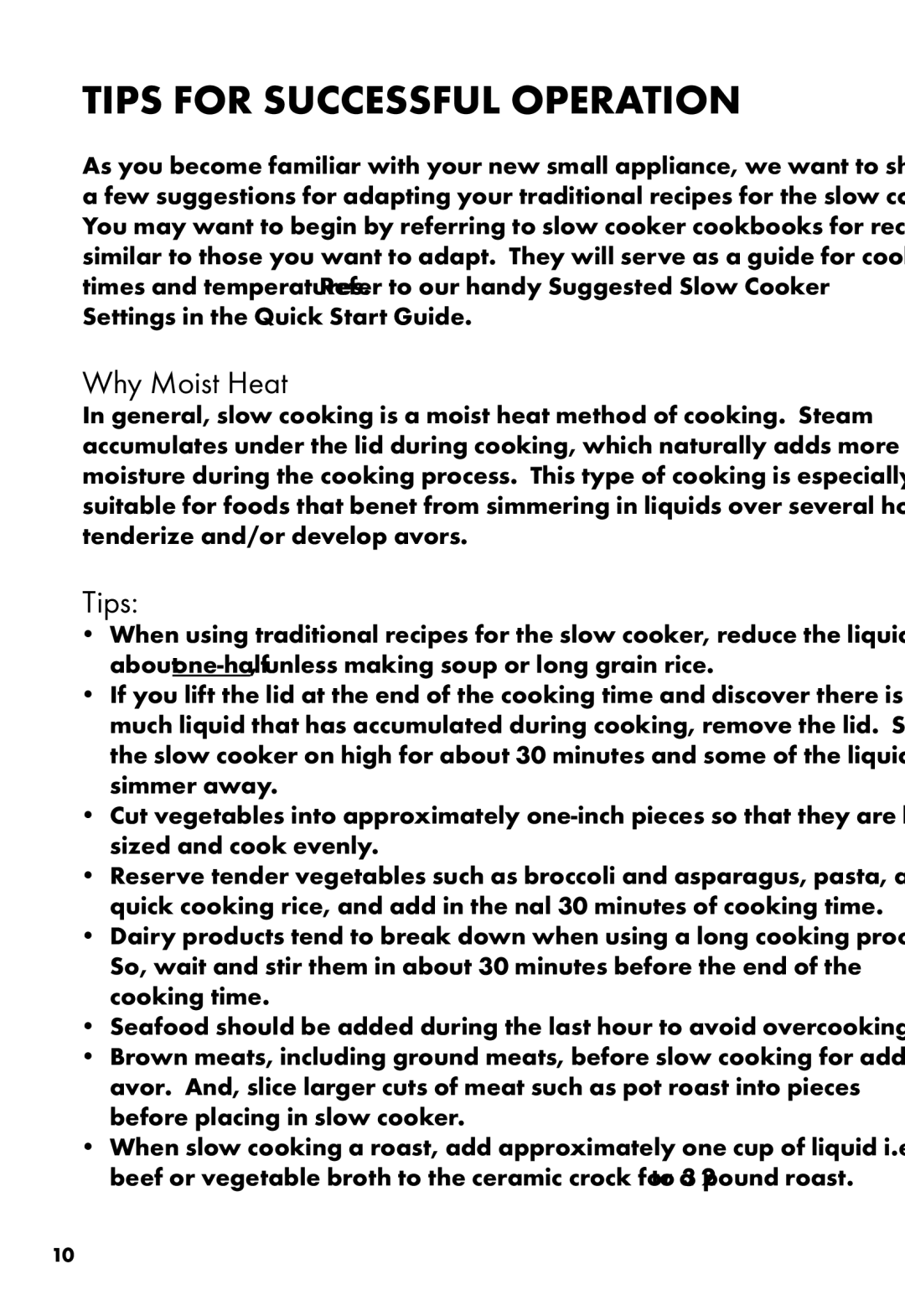HE400SC specifications
The Calphalon HE400SC is a high-performance cookware set designed for both professional chefs and home cooks who seek quality and durability in their kitchen equipment. This premium cookware collection combines cutting-edge technology with a stylish design, making it an essential addition to any culinary space.One of the key features of the Calphalon HE400SC is its hard-anodized aluminum construction. This process involves oxidizing the surface of the aluminum, making it exceptionally strong and resistant to scratches and corrosion. Hard-anodized cookware is known for its excellent heat retention and distribution, ensuring that your food is cooked evenly and to perfection.
The nonstick interior of the HE400SC is another standout characteristic. Featuring a PFOA-free nonstick coating, this surface allows for easy food release and quick cleanup, making it ideal for cooking delicate foods such as omelets and pan-seared fish. The nonstick coating is engineered to withstand high temperatures, adding to the versatility of these pots and pans.
The ergonomic stainless steel handles are designed for comfort and stability, allowing for easy maneuvering while cooking. They are also riveted for added strength, ensuring they remain securely attached even with years of use. The handles are designed to stay cool on the stovetop, providing an additional layer of safety while cooking.
Another innovative feature of the Calphalon HE400SC is its compatibility with all stovetops, including induction. This makes it a versatile choice for any kitchen setup. The heavy-gauge construction also eliminates warping, ensuring that the cookware maintains its shape and quality over time.
For those who appreciate kitchen aesthetics, the sleek design of the Calphalon HE400SC is sure to impress. The contemporary look fits seamlessly into modern kitchens, while the polished stainless steel finish adds a touch of elegance.
In summary, the Calphalon HE400SC combines hard-anodized aluminum construction, a durable nonstick interior, ergonomic stainless steel handles, and compatibility with all stovetops to create a top-tier cookware set. Perfect for daily use, this collection is designed for efficiency, ease of use, and a delightful cooking experience. Whether you're simmering sauces or searing meats, the Calphalon HE400SC delivers quality results every time you step into the kitchen.
